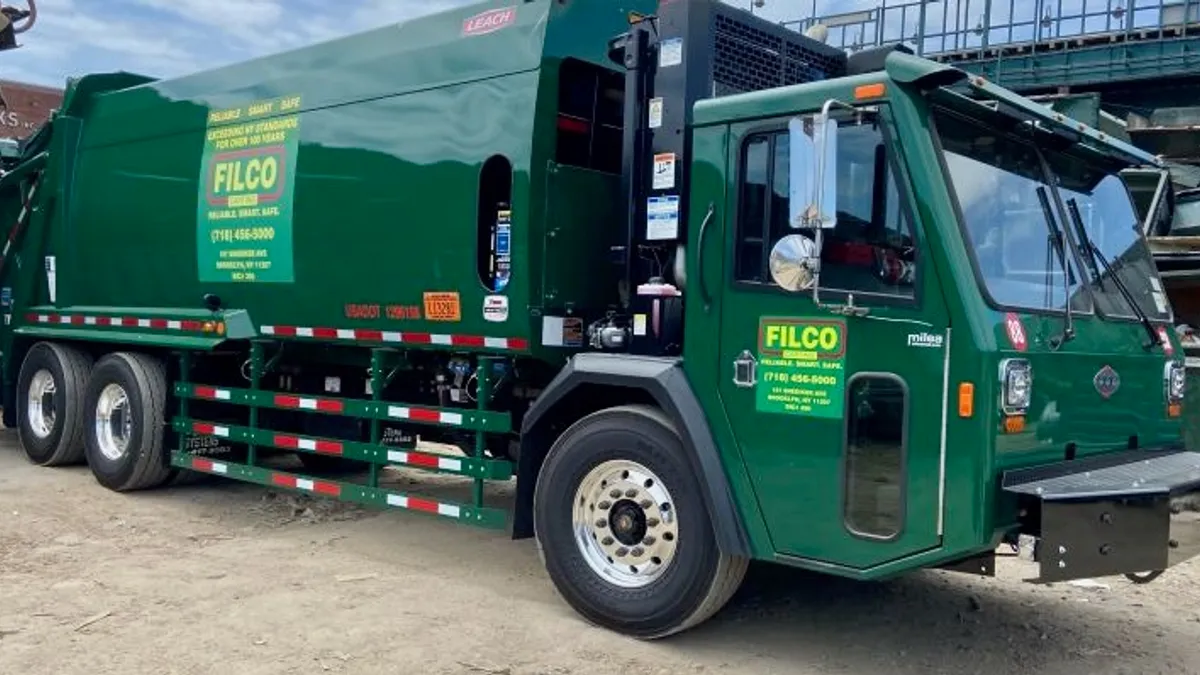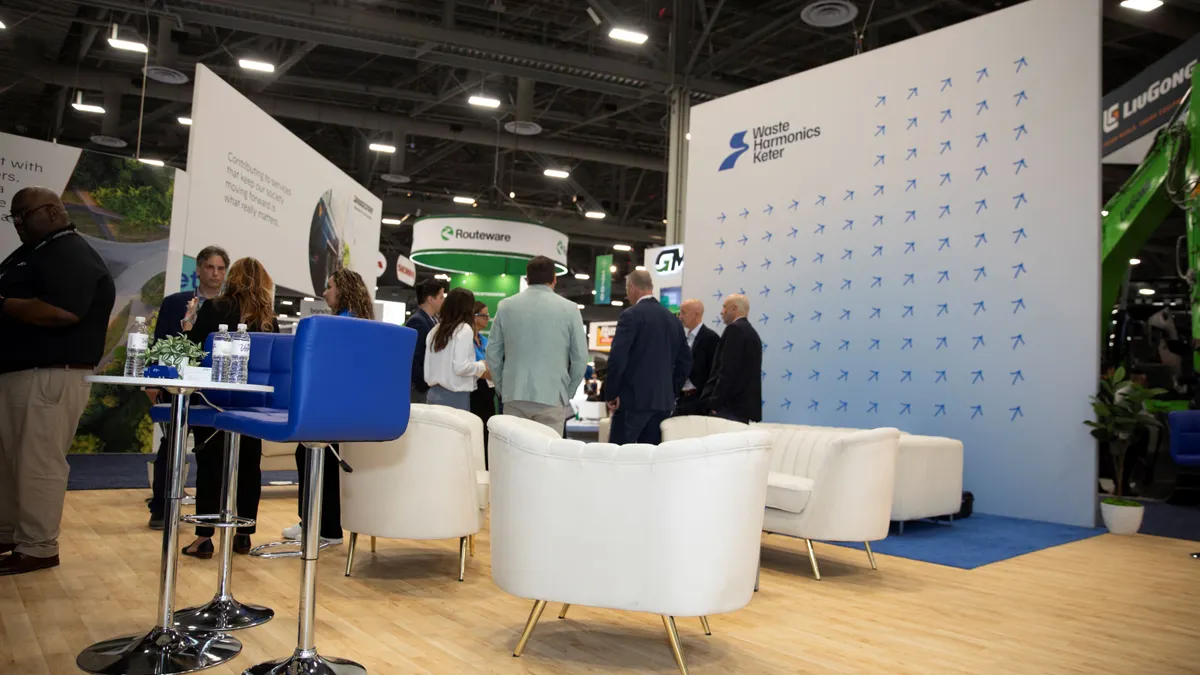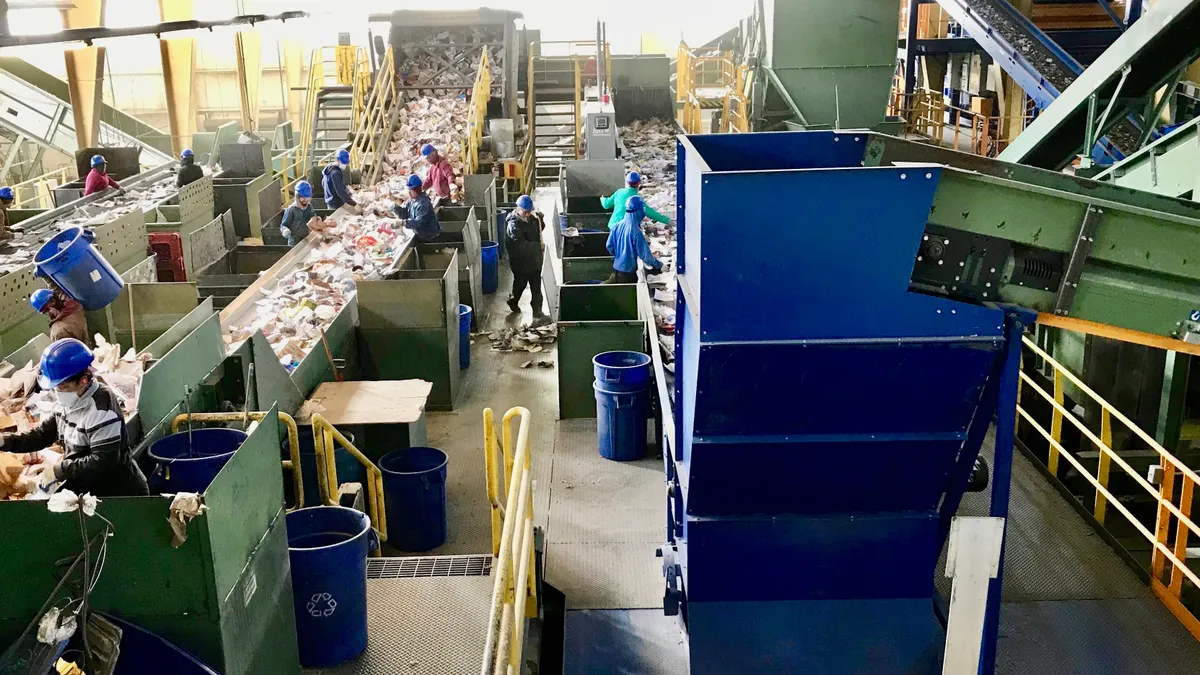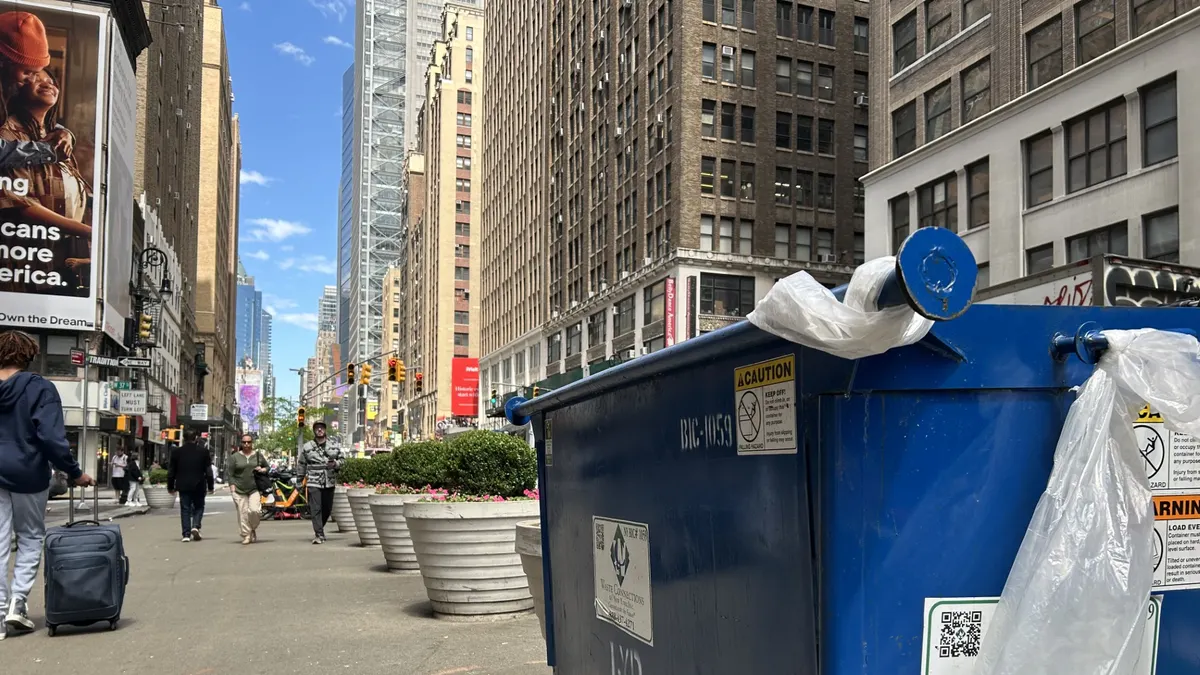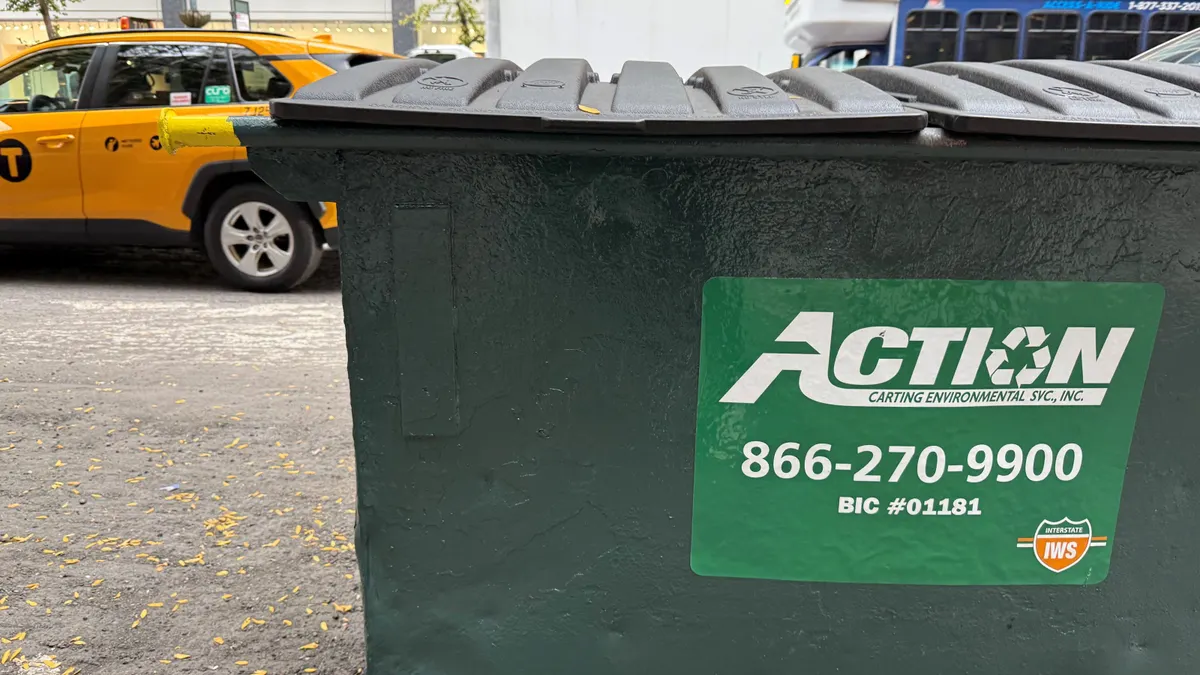Editor's note: This is the latest in a series of monthly columns about emerging trends in regulatory compliance and managing hazardous or special waste.
Most waste and recycling facilities are prohibited from handling materials containing radioactivity. Many operators also do not fully appreciate the opportunity they have to prevent it from ever getting inside.
Exposure has the potential to cause serious effects for both human health and the environment, so it's important for facilities to verify the absence of radioactivity in shipments. Screening practices are readily available — and they work — but operators have no way of identifying a problem load without proper monitoring equipment.
Radiation waste sources and hazards
With increasing frequency, radioactive material is detected in solid waste by monitors installed at processing and disposal facilities. Scientists with the National Council on Radiation Protection and Measurements, a government-chartered organization, have found the effects of low doses of radiation are not well understood. This makes avoiding exposure through the use of monitoring equipment in industrial settings even more important.
State and federal regulations require radioactive materials licensed by the Nuclear Regulatory Commission (NRC) to be managed under strict controls. Waste generators are also required to take appropriate actions to prevent releases into solid waste. However, NRC-licensed nuclear materials from research laboratories, misplaced radiation devices or residual waste with radioactive materials can still be disposed by mistake.
Radioactivity can also be emitted from a wide range of sources including nuclear medicine waste, consumer products (such as smoke detectors and watch or clock dials) and certain metal alloys used as product coatings and glazes.
Other common sources include naturally occurring radioactive material (NORM), consisting of soil, rock or liquids from excavations and mining activities. Technologically enhanced naturally occurring radioactive material (TENORM) is generated by waste and wastewater treatment, which captures radioactive solids and concentrates the radioactivity. The massive growth in U.S. fracking has increased the amount of NORM and TENORM wastes generated by the oil and gas exploration and production industry.
All of these potential sources have led to radioactive materials entering waste streams in surprising ways, sometimes with serious consequences.
In the early 2000s, investigations found tritium (a radioactive isotope of hydrogen) in leachate at landfills in California and Pennsylvania. Studies also found similar issues in New York and New Jersey. As detailed in a 2009 study by the Association of State and Territorial Solid Waste Management Officials, the source was presumed to come from the disposal of self-luminescent exit signs found in construction and demolition waste. Standards still aren't in place for tritium levels in leachate, but the material can potentially still have downstream effects on drinking water and wastewater treatment sludge.
In 2012, Bed Bath & Beyond began recalling brushed metal tissue boxes following orders from the NRC and several states. Made in India, and shipped to U.S. stores, the products triggered radiation alarms during a truck inspection.
The 2013 theft of a truck in Mexico became worldwide news when it was discovered the cargo included a cancer treatment device containing pellets with radioactive Cobalt-60. Fortunately, the device was found quickly but only after the thieves were potentially exposed to dangerous levels of radioactivity. This incident caused U.S. Customs and Border Patrol to upgrade monitors and training at all border stations.
In 2016, the Kentucky Department of Public Health discovered tons of radioactive fracking wastes were being hauled to Advanced Disposal's Blue Ridge Landfill in Estill County. Nearly 2,000 tons of waste were accepted from fracking operations in the Marcellus Shale formation through 2015. The agency levied a total of $8.2 million in civil penalties against eight companies and one individual for illegal transport and disposal of TENORM waste.
Staying vigilant
Since most waste and recycling facilities are specifically prohibited from accepting radioactive materials above certain limits, screening practices are readily available.
The American Society for Testing and Materials (ASTM), which develops and publishes technical standards as best management practices, outlines the proper screening method. As described in ASTM D5928, standard practice requires waste materials to be measured by a “radiation survey meter” to determine if levels are above an established criteria.
It’s critical to understand how to select a radiation monitoring device to best protect your operations. Monitoring equipment should include a combination of stationary monitors and portable survey meters. A site assessment by a trained technician can identify the correct products and site-specific needs, including installation issues.
Typically, a stationary radiation monitor should be installed with detectors mounted on both sides of the entrance to the inbound scales in order to check each vehicle entering the facility. This monitor should be in operation any time the facility is accepting waste. Radiation detector elements should be as close as practical to the waste load and in an appropriate geometry. The monitor readout should be located in the scale house, where audible and visible alarm indicators are apparent to the scale operator.
A portable radiation survey meter is also recommended and should be capable of determining the presence of contamination on a vehicle causing an alarm. If the stationary monitor is inoperable, vehicles can also be surveyed with a portable survey meter. This is typically used to identify any specific items when inspecting a load with a positive reading.
Once the issue is identified and isolated, both the state radiation control agency and your solid waste permitting agency should be notified for further direction. These agencies can assist in a determination to either retain and dispose of the waste, or return it to the generator for proper management. Closely following these actions is an important way to reinforce employee safety and regulatory compliance.
Almost everything in the world contains small amounts of radioactive elements, which in turn emit radiation. Most of the events identified by monitoring at waste sites are from short-lived isotopes often used in medical procedures or common household products. Still, a responsible radiation monitoring and employee training plan can prevent your facility and personnel from exposure to a far greater threat.
Rich Thompson is the managing partner of TEC, LLC and provides expert consulting advice on complex environmental compliance issues. He was formerly the director of environmental compliance at Republic Services and Waste Management.







